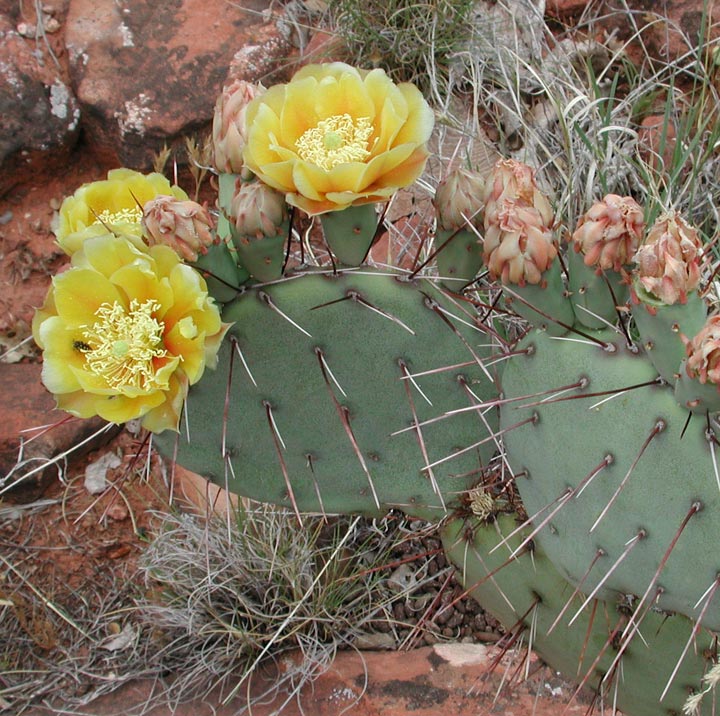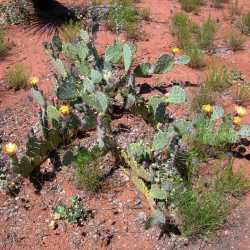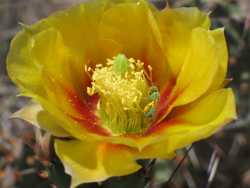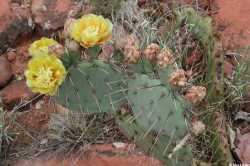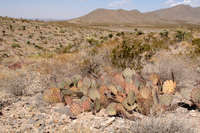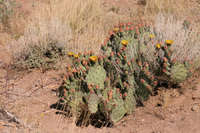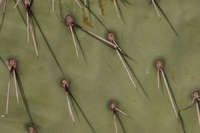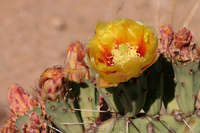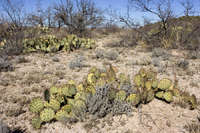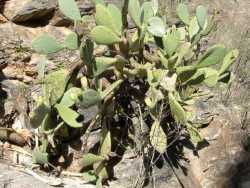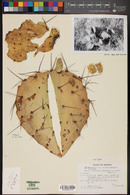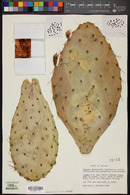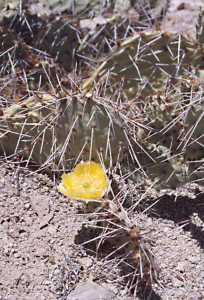- Home
- Search
- Images
- Datasets
- Sample Use
- How to Cite
- Additional Information
- About NEON
- NEON Data Portal
- ASU Biocollections
- About Symbiota
|
|
|
|
Family: Cactaceae
Chihuahua pricklypear, more...tulip pricklypear, tulip pricklypear, tulip pricklypear
[Opuntia arizonica Griffiths, moreOpuntia camanchica Engelm. & J.M. Bigelow, Opuntia canada Griffiths, Opuntia charlestonensis Clokey, Opuntia chihuahuensis Rose, Opuntia dulcis Engelm., Opuntia engelmannii var. cycloides Engelm. & J.M. Bigelow, Opuntia engelmannii/phaeacantha , Opuntia engelmannii/phaeacantha/santa-rita , Opuntia gilvescens Griffiths, Opuntia laevis J.M. Coult., Opuntia mojavensis Engelm. & J.M. Bigelow, Opuntia phaeacantha var. brunnea (Engelm.) Engelm., Opuntia phaeacantha var. mojavensis (Engelm. & J.M. Bigelow) Fosberg, Opuntia phaeacantha var. nigricans (Engelm.) Engelm., Opuntia phaeacantha var. superbospina (Griffiths) L.D. Benson, Opuntia superbospina Griffiths, Opuntia woodsii Backeb.] |
Shrubs, decumbent to commonly trailing, 0.3-1 m. Stem segments not disarticulating, green to dark green, sometimes reddish under stress, flattened, obovate to circular, 10-25 × 7-20 cm, low tuberculate, glabrous; areoles 5-7 per diagonal row across midstem segment, obovate to elliptic, 3-6 × 2-4 mm; wool tan to brown, aging grayish. Spines (0-)2-8 per areole, at most areoles to only distal 1/4 of stem segment, or essentially absent, brown to white, straight, curved, or spirally twisted; major central spines deflexed or spreading, brown to red-brown (to blackish), or partly to wholly gray to tan, subulate, usually flattened near base, 30-80 mm; abaxial spines usually 1-3, deflexed, white, flattened, shorter, to 20 mm. Glochids dense in crescent at adaxial edge of areole and subapical tuft, tan to red-brown, to 5 mm. Flowers: inner tepals yellow with red basal portions (rarely entirely pink to red), 30-40 mm; filaments greenish basally, pale yellow to white distally; anthers yellow; style white; stigma lobes green to yellow-green. Fruits wine red to purple, with greenish flesh (sometimes reddish and ± juicy), not long stipitate, obovate to barrel-shaped, 30-50 × 20-30 mm, fleshy, glabrous, spineless; areoles 18-24. Seeds tan, subcircular, 4-5 mm diam., evidently notched, warped; girdle protruding 1 mm. 2n = 66. Flowering late spring (Apr-Jul). Deserts, chaparral, surrounding mountains, plains, sandy to rocky soils; 200-2100 m; Ariz., Calif., Colo., Kans., Nev., N.Mex., Okla., Tex., Utah; Mexico. Much of the material formerly assigned to varieties of Opuntia phaeacantha has been segregated as O. engelmannii. Various combinations of overlapping character states make separation of O. phaeacantha var. major from var. phaeacantha impractical. Presumably var. major comprises sprawling to erect shrubs with obovate stem segments bearing usually few darker colored spines (usually one to three) per areole, in the distal half of the stem segment or less, whereas plants of var. phaeacantha are trailing shrubs with narrowly obovate stem segments bearing more spines (usually three to ten) per areole throughout most to all of the stem segment. Recently some workers have applied O. camanchica Engelmann & Bigelow to those plants with the very dark colored spines and merged vars. major and phaeacantha. Distinctions among taxa are further blurred by hybridization of O. phaeacantha with O. engelmannii, yielding several named and unnamed hybrids, including O. wootonii Griffiths. Morphologic and genetic analyses of the populations are needed before correct names can be assigned to many of these plants with confidence. Opuntia phaeacantha also hybridizes with O. aureispina (forming O. ×spinosibacca), O. ficus-indica, and O. littoralis (forming O. ×vaseyi), and members of the O. polyacantha complex, particularly near the regions of Grand Canyon and Four Corners.
Plant: Shrubs decumbent to commonly trailing, 0.3-1 m tall. PADS green to dark-green, glabrous, obovate to circular, 10-25 cm long, 7-20 cm broad. AREOLES 5-7 in a row diagonal across midpad, obovate to elliptic to circular, 10-25 mm long, 7-20 mm wide; wool tan to brown, aging grayish Leaves: SPINES at most areoles to only distal fourth of pad surface, or essentially absent, brown to white, (0-)2-8 per areole; central spines straight or curved, brown to red-brown (to blackish), partly to wholly chalky-white, subulate, usually flattened at base, 3.5-7 cm long; lowermost basal spines usually 1(-3), deflexed, shorter to 2 cm long, whitish, often the only spines in pad-s basal areoles, flattened. GLOCHIDS tan to red-brown, dense in an apical crescent and a subapical tuft, to 8 mm long Flowers: inner tepals yellow with red basal portions, rarely entirely pink to red, 3-4 cm long; filaments greenish below, pale yellow to white above; style white; fresh stigmas green to yellow-green Fruit: FRUITS wine-red to purple, with greenish flesh (sometimes juicy in age), obovate to barrel-shaped, not long-stipitate, spineless, 3-5 cm long, 2-3 cm in diameter; areoles 15-40. SEEDS tan, subcircular, 4-5 mm in diameter, notched, warped; girdle protruding ca. 1 mm Misc: Sandy to rocky soils, deserts, surrounding mountains, plains; 600-2100 m (2000-6900 ft); Apr-Jun REFERENCES: Pinkava, Donald J. Cactaceae. 2003. J. Ariz. - Nev. Acad. Sci. Volume 35(2). Benson 1969, Benson 1982, FNA 2003, Pinkava 2003 Common Name: tulip pricklypear Duration: Perennial Protected Status: Salvage restriced status in Arizona. General: Shrubby and prostrate or sprawling with clumps 0.5-2.5 m wide and 30-90 cm high with joints 10-25 cm long by 7.5-20 cm wide, pads narrowly obovate. Spines: Spineless or covering at least the upper 1/3-3/4 of the joint, there are 1-5 or up to 9 spines per areole and these are 3-7 cm long, all straight or curved and spreading or pointed downwards. Flowers: Yellow but sometimes with reddish centers and 6-8 cm wide by 6-8 cm long. Fruits: Purple or reddish purple while being fleshy and smooth, they are cylindroid and narrowed at the base, 3-6 cm long by 2-4 cm wide with a shallow cup at the top. Ecology: Found in sandy or rocky soils, pi-on juniper woodlands, grasslands, and ponderosa pine forests from 1,000-7,500 ft (305-2286 m), flowers spring and early summer. Notes: Very common in the pi-on juniper woodlands. Hybridizes or intergrades freely with O. macrorhiza and O. martiniana, producing plants intermediate in characters and very difficult to key. There remain serious questions as to the systematics of this species. Ethnobotany: Fruit was traditionally eaten raw or dried and used as thickening agent for soups. Inner stems were boiled and fried. Inner stems were used as wound dressings or made into a drink to treat diarrhea. Cacti juice has also been shown to reduced blood sugar. Etymology: Opuntia from ancient root puncti for prickled, while laevis means smooth, free from hairs or roughness. Synonyms: Opuntia phaeacantha var. laevis Editor: SBuckley, 2010 |
|
|
|


